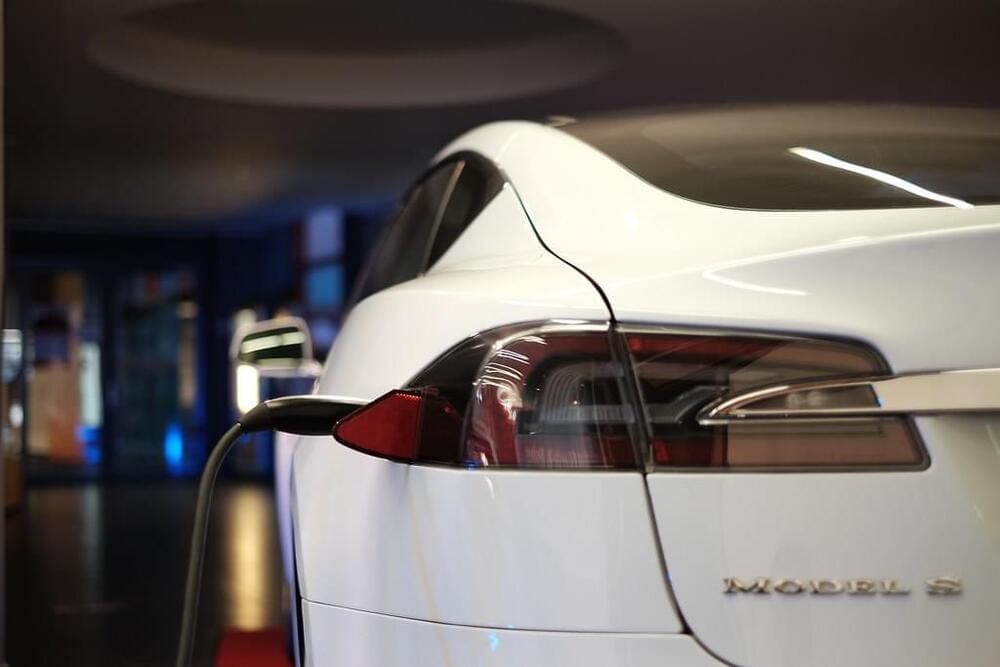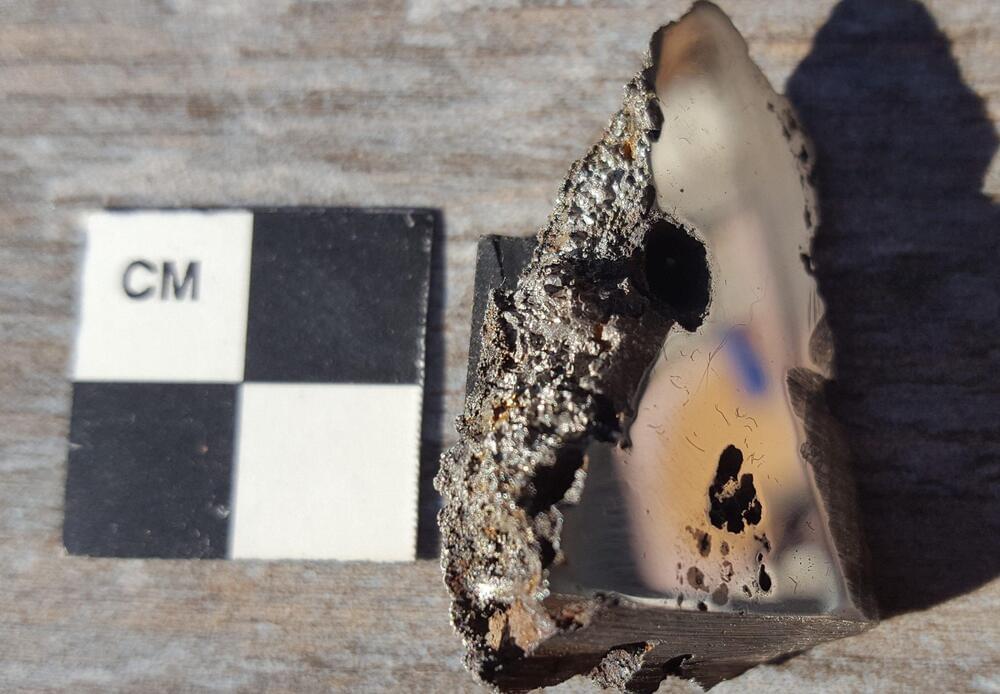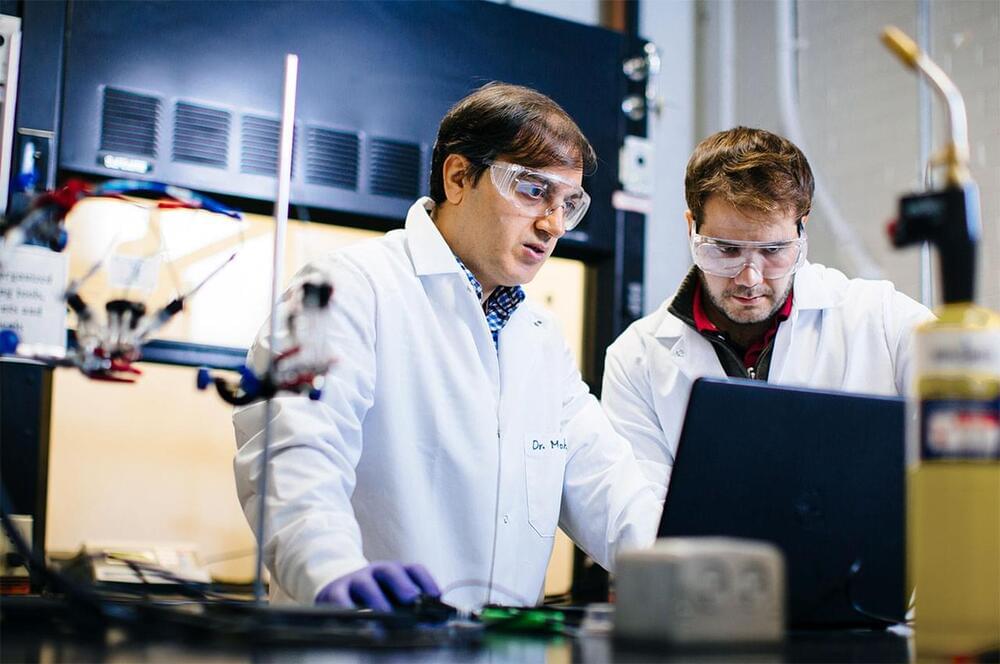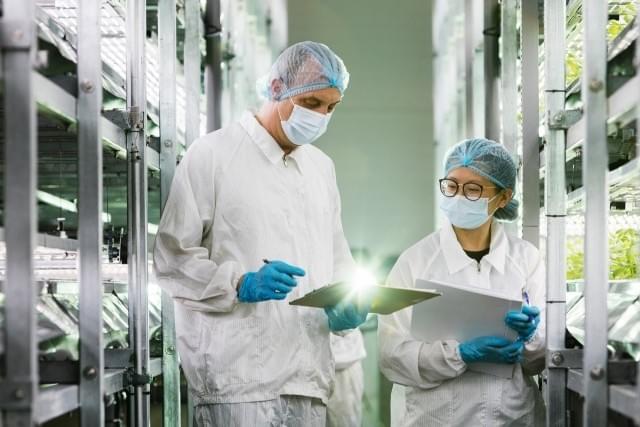Dec 30, 2022
Electric vehicle batteries would have cost as much as a million dollars in the 1990s
Posted by Eric Klien in categories: sustainability, transportation
Most of us underestimate how quickly electric vehicles (EVs) will take over the car market. It’s mostly down to the plummeting cost of batteries. They have only become cost-competitive in the last few years and have fallen in price 98% since the 1990s. (99% if you include inflation.)
This gave me a combined series of the unit cost of lithium-ion batteries from 1991 to 2022 in $2022. I’ve plotted it as a chart here. And here is the logarithmic version.
Calculating the cost of EV batteries


















